Old Bust Head
Antica Terra
Aurata Chardonnay 2011

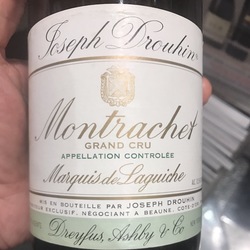

Matchbook Wine Co.
Estate Bottled Old Head Dunnigan Hills Chardonnay 2017
Good QPR. — 7 years ago
Castello di Bossi
Riserva Berardo Chianti Classico Sangiovese Blend 2009
Not for sipping unless a good sixty minutes before in a decanter. Typical characteristics of a CCR...plus some good old "Gaul women" smoke on the back end. Will go beautifully with tonight's charred fatty T-bone. A few left in the cellar...drink up...its arrived...and will only head South from here. — 7 years ago
Picchetti
Estate Santa Cruz Mountains Zinfandel 2010
Clear medium garnet, Slow long tears, tiny sediment specs in bottom of glass. Wood and dark spiciness on the nose. Dry, Med+ acidity, med tannin. Fresh fruit has faded a bit since release, still has plum & red fruit notes, red grape skins, along with dried fruits (dried cranberry, figs), soil & wood notes (barrel and vine), spiciness in the Chinese five-spice direction. Mature with some years ahead of it. Elegant old vine zin.
California Heritage Vineyard, 2.5 acres planted in 1882, gnarly, head-pruned, dry-farmed non-grafted vines with root system 30-40 feet deep, and is one of the world’s oldest documented Zinfandel vineyards.
http://www.picchetti.com
https://historicvineyardsociety.org — 8 years ago
Château La Couspaude
Saint-Émilion Red Bordeaux Blend 2005

Château Nenin
Pomerol Red Bordeaux Blend 2000
This 2k Pom is drinking superbly now @ £68
🍇 67% Merlot & 33% Cab F
🍷 Deep ruby red
👃 Like sticking your head in a old soaked oaky vat oozing heady smoke, liquorice, stewed plum, cherry, cocoa, damp cellar, wet earth, leather, truffle & mushrooms - I could sniff this all day 😍
👄 Med+ silky creamy body of gushy plum & cocoa beautifully integrated & balanced
🎯 Med+ mocha infused liquorice plumtastic chopper licker — 9 years ago
Head Wines
Krondorf Old Vine Single Vineyard Grenache 2013
Party with Tamara, Murray, and Greg. This one paired well with the ginger inn the Mediterranean chicken. — 9 years ago
Samuel Smith Old Brewery
Imperial Stout Beer
Black with burnt umber highlights. Low and creamy head springs with bubbles combining to undercut its great form. Fireworks lacing slow falls to leopard spots. Espresso and baker’s chocolate nose boasts licorice and chicory, campfire notes and vanilla. Palate shows none of the sweet elements of the nose initially. Instead, pipe tobacco and unsweetened bitter chocolate, the chicory and burnt toast prevail; a burnt tips taste lingering. Baked pecan, dark caramel, black pepper, and ethiopean coffee, with black chewing tobacco and vanilla bean complete the circuit. Power and restraint, in this lovely offering. This really did set the standard. #samuelsmiths #samuelsmitholdbrewery #tadcaster #NYorks #imperialstout #stout #englishstout #beer #classicbeer #bier #biere #birra #cerveza #cerveja #britbeer #britannia #ukberr #ukstout #britishbeer #britishstout — 5 years ago
Matchbook Wine Co.
Old Head Dunnigan Hills Chardonnay
Vanilla, subtle spice. Really good! — 6 years ago
Saunter
Red Head Vineyard Clone 685 Cabernet Sauvignon 2014
She has that swagger, but it’s the saunter that really does it for me. Saunter is the creation of Heather and Josh Clark of Clark Vineyard Management. Thomas Rivers Brown makes the wines. Their Clone 685 Cabernet Sauvignon is from the Red Head Vineyard on Old Soda Springs Road in southeast Napa Valley. Plush, perfumed and inky, with that keep-coming-back-to-the-glass savoriness. Lush and hedonistic, but with layers and length. Stellar! — 7 years ago
Krug
Brut Rosé Champagne Blend
There are certain occasions that call for Krug Rosé. So, HBTM! The bottle was corked in the summer of 2014. It’s a blend of 45 reserve wines with the oldest being from 2007 and the youngest 2002. This is why I think Champagne Makers are some of the most talented people making wine. They are constantly blending up to 100 plus wines to bring that bottle to bottle and year to year branded flavor of consistency. On the nose; red & pink spring flowers, cherries, strawberries, watermelon, black cherry, black raspberries, notes of blood orange citrus, baked bread, soft volcanic mineral and elegant chalkiness. The palate is always ridiculously delicate. Micro bubbles, silky rich texture with beautiful soft acidity. The palate fruits are similar to the nose; rich & ripe cherries, strawberries watermelon, black cherry, black raspberries, notes of blood orange citrus with hints of marmalade. Red & pink spring flowers, baguette crust, soft powdery minerals that give the palate a slight sting and super powdery chalkiness done just right. The finish is beautifully rich, textured, revealing itself in layers and lasts minutes. Photos of; Founder Joseph Krug, House of Krug, Winemaker Eric Lebel, Krug’s Clos du Mesnil, a small plot of 1.85 hectares of Chardonnay...one of the world’s greatest vineyards and their salon tasting room. Producer history & notes...Krug was founded by Joseph Krug in 1853. They are based in Reims, the main city in France’s Champagne region. It is one of the famous Champagne houses that formed part of the Grande Marques. Today the house is majority owned by the multinational conglomerate LVMH, which owns Moët Hennessy, Louis Vuitton S.A. and who’s wine producer portfolio includes other well known wine brands such as; Moët & Chandon, Veuve Clicquot, Château d'Yquem, Ruinart & Cheval Blanc, Dom Perignon and many others. Despite LVMH's majority ownership, the family is still actively involved in all the key decisions of the house but does not manage the day-to-day operations. Joseph Krug was born Johann-Joseph Krug, a butcher’s son, in Mainz, on the Rhine in 1800 when the city was part of the Napoleonic Empire. Having dispensed with the name Johann, he left Mainz in 1824 and in 1834 moved on to Paris. Germans were in demand in France as accountants and bookkeepers. So, Joseph joined Champagne Jacquesson in Châlons-sur-Marne. He spent eight years with Jacquesson. His work took him beyond accountancy. He went around Europe testing the market and assessing criticism from wine sellers and customers. He learned about composition and taste so that by 1840 he already seemed to have been blending Champagne for at least one other house. In 1841, he married Emma-Anne Jaunay. The daughter of a French hotelier based in London’s Leicester Square. The following year their son Paul Krug was born. In 1842 he moved to Reims and following a year later, Krug et Cie was founded with his partner, Hyppolite de Vivès. Joseph was fluent in French, English and German and even spoke some Russian, putting the company in position to exploit key overseas markets. Joseph died in 1866 and was succeeded by his son Paul Krug, who had been trained by his father to takeover. Joseph under the supervision of Paul, Krug was established as a Grande Marque. By the 1880s the prestige of Krug was acknowledged in the United Kingdom and became the primary overseas market for Champagne. In 1866, the House moved into Rue Coquebert, in Reims as it remains. After Paul’s death in 1910, he was succeeded by his son, Joseph Krug II. However, during World War I Joseph II was taken prisoner and his wife Jeanne played a key role in the House at a time when the Western Front divided the region between the Allies and the Germans. After the war, Joseph II’s slow recovery led to his nephew Jean Seydoux becoming joint manager in 1924. In that decade, the Krug 1926 and 1928 vintages were created, which have been considered by critics to be amongst the greatest Champagnes. Lawyer and wine writer Maurice Healey declared “Krug” the king of all Champagnes. Further, “that the 1928 Krug was the best wine made in the present century.” By the mid-1930s, Paul Krug II, the son of Joseph II, was active in the business and would become head of the House from 1959 to 1977. His father died in 1967, by which time he was, according to Patrick Forbes, “one of the most popular and respected figures in the Champagne district.” In 1962 Henri Krug, the son of Paul II, joined the management, as did his brother Remi three years later. Their arrival was followed by a series of innovations, including extensions in the range of Champagnes. In 1979, for the first time, a graduate winemaker joined the House. In January 1999, the House became part of LVMH and by 2007, the brothers, while remaining on the tasting committee, had stepped down from day-to-day responsibilities. In 2009 Olivier Krug, the son of Henri, became House Director. At harvest, Krug grapes are pressed close to their plots with the first juice kept for 24 hours in a vat prepared for the fermentation stage. The pressing from each plot is vinified separately. A pressing contains 4,000 kilos of grapes and yields 20.5 hectolitres of first juice (cuvée), which is poured into twelve oak casks chosen at random. Once fermentation is complete, the eleventh and twelfth casks are used to top up the other ten casks in order to protect the new wines from oxidation. For fifteen days, each cask is topped up with wine from the same plot. Krug uses small 205 liter oak casks tailor-made from trees that are more than two centuries old in the forests of Hautes Futaies in Central France. The average age of Krug oak casks is 20 years. They are retired after approximately 40 years of use. The wines remain in the casks for several weeks. During this period, clarification occurs naturally from the cool temperature of the cellar given the coming winter, as does a micro-oxygenation process from the use of natural containers, making the wine more resistant to oxygen over time. Finally, between December and January, the wine is drawn off into small stainless-steel vats. From here, depending on the decisions of Krug’s tasting committee, the wines will either contribute to that year’s assemblage or be stored in steel vats in the House’s library of 150 reserve wines to be used in the blend of a future Krug Grande Cuvée and or Krug Rosé. — 8 years ago
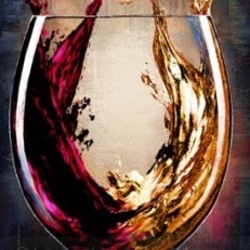

Hundred Acre Vineyard
Napa Valley Cabernet Sauvignon 2000
Wednesday Wine Committee from this past week. A fantastic hosting by @joe leatherwood . 1 sparkler, 2 whites, 5 reds, 1 dessert wine. All tasted blind as usual.
I had this wine a year and a half ago...and I think it may be better now! Still hard for me to wrap my head around Hundred Acre tasting and aging like this. Brilliant bright ruby in the glass. Soft cherries, sweet ripe black cherries, sandalwood, nutmeg and added baking spices. Very balanced and elegant on the palate...cherries jubilee and liqueur, sweet kirsch and licorice. Drinking beautifully! I was between old Napa cab and Italian merlot. — 6 years ago

Dogfish Head Brewery
Palo Santo Marron American Brown Ale
Somewhere between 5-6 years old. The edges have been smoothed out nicely, but might be slightly over the hill. — 7 years ago
Ridge Vineyards
Buchignani Ranch Zinfandel Blend 2013
Power and elegance woven together- never at odds with one another. The tension of this wine is where it should be- in its fresh and youthful acidity. These 70-year-old head-pruned vines sit in a wonderful site on one of the best eastern slopes in Alexander Valley. The dedicated Carignan bottling is also worth finding. This blend is fairly true to itself with bright brambly fruit and exotic spice character, revealing lots of fresh mint, dill and cedar. Also a bit on the lush side- not exactly an Oak Monster invasion happening here but definitely revealing oak tannins-charred caramel, campfire and vanilla on the finish. There is an undeniable shift happening at Ridge- deliberate or not- towards more ripeness and more voluptuous wines coming from their Sonoma and Napa vineyards. But they remain beautifully crafted and expressive of their place. This is quintessential California- not the stewed blackberry jam doused in vanilla extract. — 7 years ago
Clos De La Roilette
Clos de la Roilette Fleurie Gamay
Raspberry compote, creme de violette, a handful of wet soil with crushed twigs and leaves. Balance and structure like the work of a romantic carpenter building his dream house. Like a semi-lucid dream where a warm, hazy sky is breaking like a glow stick into twilight hues and you’re on a beautiful old double decker steam train with a rooftop standing area. You’re whizzing by vibrant green fields of gigantic flowers, their petals flapping slowly in the wind like sheets drying on a line. Old oak trees growing fruits in colours that don’t exist yet. Glowing fireflies just above your head like painterly orange astronomy. In the dream it’s New Years Eve but in the dream everyday is New Years Eve and you could very well spend everyday alone with your dream power. — 8 years ago
Portfolio
Limited Edition Napa Valley Cabernet Sauvignon Cabernet Franc 2001
A group of guys decided to meet up at our Wine Storage facility and bust out some unique bottles! Scores and notes to follow!
Bill was on point tonight wanting to prove to Weston that petite sirah can be delicious, but took a break from PS to bust this out. 😱 WOW! Absolutely superb. Toe to toe with the Peter Michael. Had more structure and complexity. The plum, tart fruit and earthy component to this for 16 yrs Old was so impressive. — 8 years ago
Arcadian
Pisoni Vineyard Santa Lucia Highlands Pinot Noir 2001
Drank a bunch of wines with Joe Davis today but this was head and shoulders the best....hard to believe a 15 year old could be so fresh — 9 years ago
Lenz
Gold Label Chardonnay 2013
Tasted side by side with the Old Vine 2013, the Old Vine just took out the head to head when blind. — 9 years ago


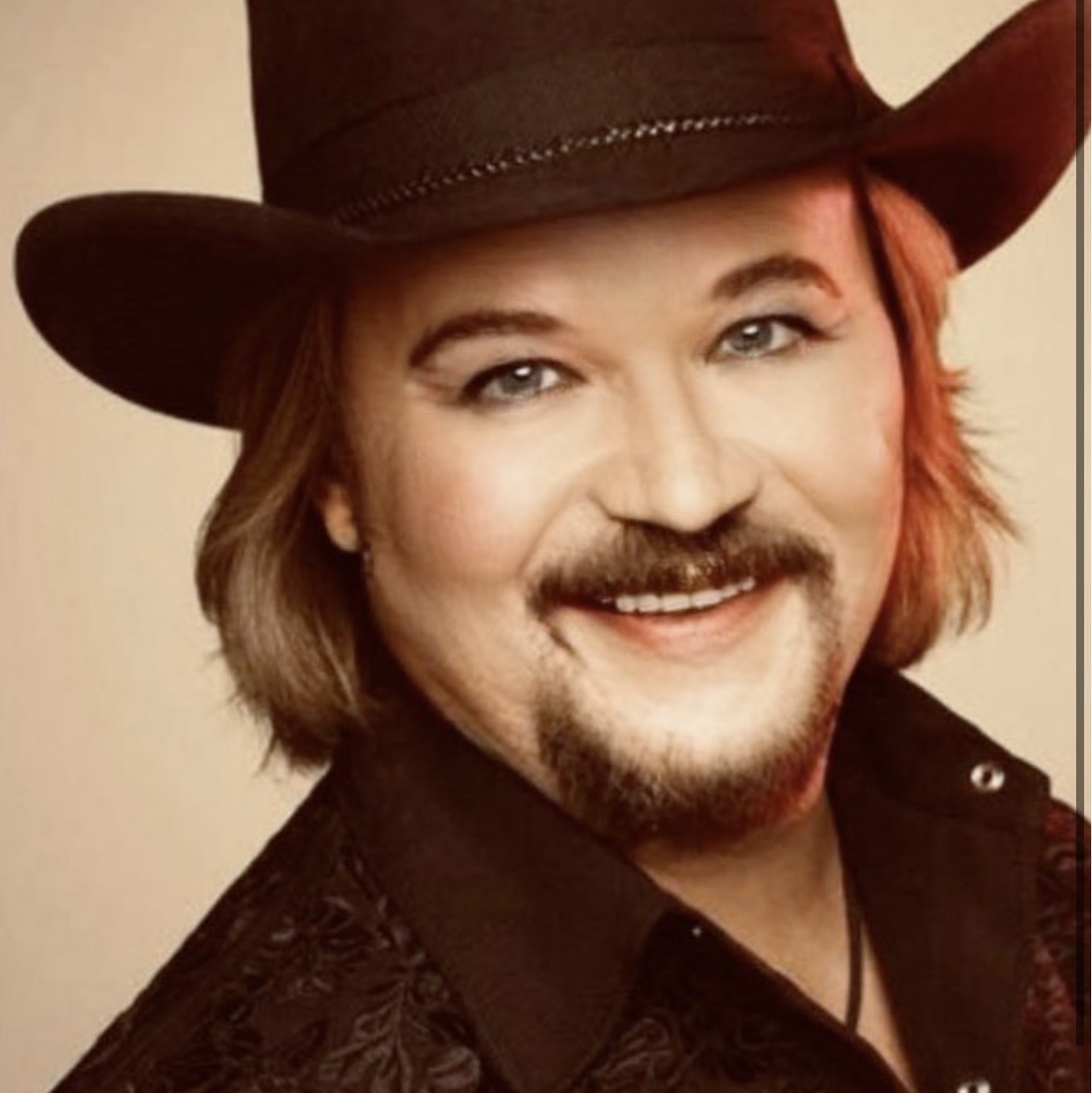
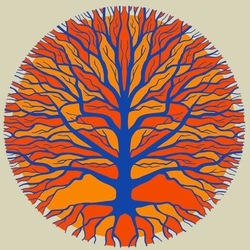






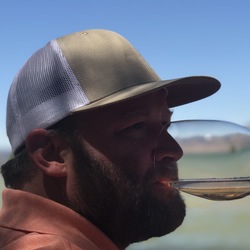







Shay A

Color me shocked at how good this was. I’m a big fan of Antica Terra wines, and while I’m always impressed, my expectations for this 10yr old OR Chardonnay were vastly blown out of the water.
The main reason I opened this bottle is I thought the age would have been more evident, and it would be channeling a more rich, slightly oxidized type profile, and would go with an assortment of blue cheese I was sampling at a small local event. Upon opening, color is still gorgeously yellow gold. First impression was it came across thin yet still had really vibrant acidity…very steely and mineral driven. About an hour later, this absolutely exploded out of the glass as of it was a different wine. Pear, grilled lemon and lots of honeysuckle aromatics. It bulked up on the palate with supreme texture and balance showing a kiss of oak. Creamy yet weightless. Lemon confit, honeyed golden delicious apple, sea spray, and a rounded finish with plenty of baking spices yet the core of minerality was still there. This left me scratching my head in a good way…I seriously need to find another. This is the best OR Chardonnay I’ve ever had. — 4 years ago